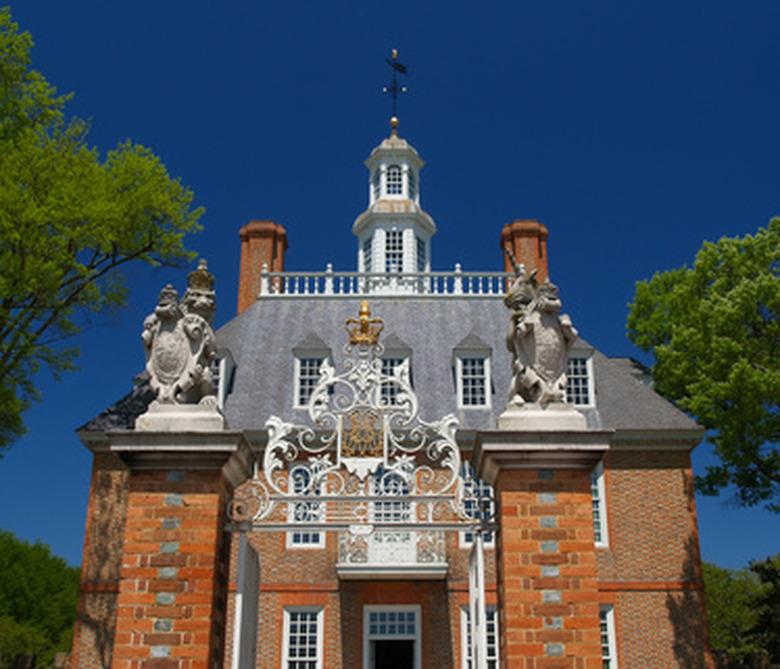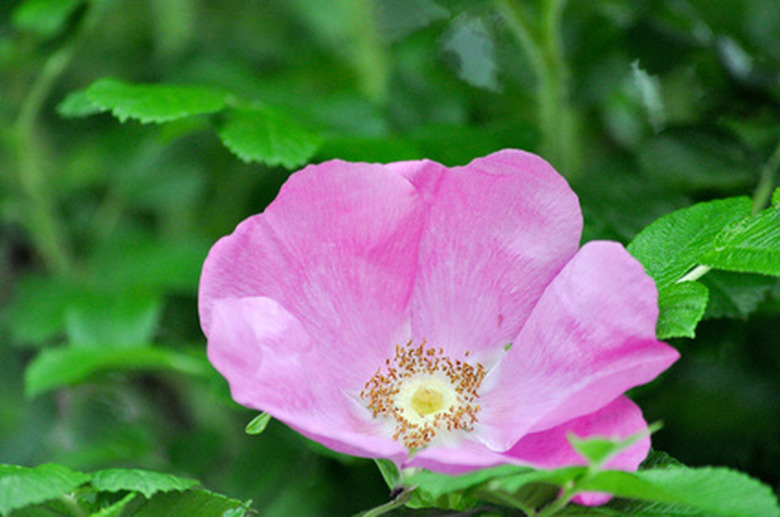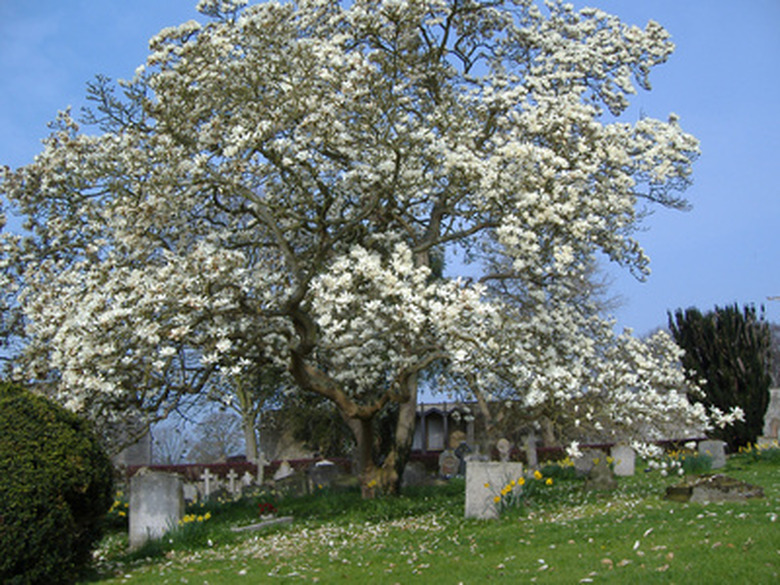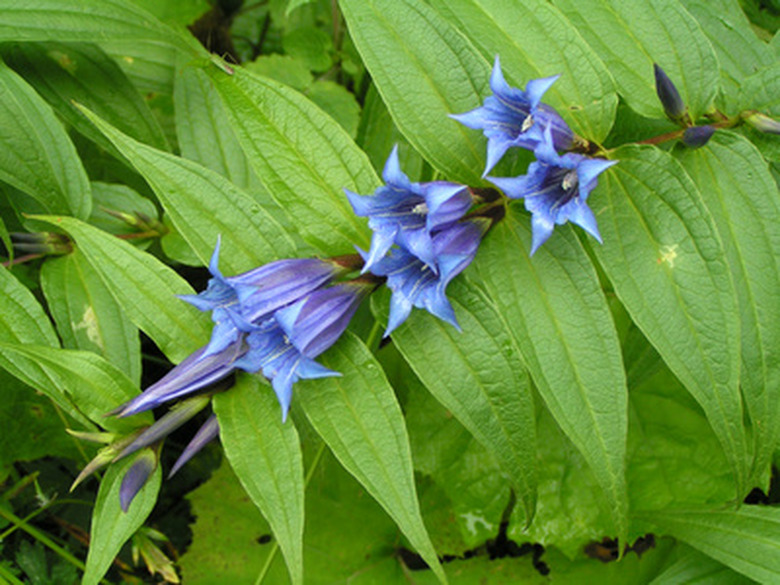The Best Plants For Williamsburg Landscaping
Gardeners in the Virginia Tidewater region are blessed with a gentle climate and wealth of tradition. Located between the York and James rivers, Williamsburg has fertile, sandy loam that is perfect for ambitious landscapes and native plants. Its growing season stretches from early April to November, averaging more than 200 growing days each year. The nearby Chesapeake Bay provides some protection from "Nor'easter" storms, and average low temperatures fall only into the 20s during the coldest months of January and February.
The Colonial Garden
New World gardeners had a wealth of space that their Old World relatives lacked. They also planted practical gardens that provided fruits, vegetables and herbs for the larder. The wealth of space and requirements of practicality resulted in Old-World-style "four-square" gardens, often defined by brick walls or boxwood, with herbs, produce and ornamentals mixed together.
- Gardeners in the Virginia Tidewater region are blessed with a gentle climate and wealth of tradition.
- The wealth of space and requirements of practicality resulted in Old-World-style "four-square" gardens, often defined by brick walls or boxwood, with herbs, produce and ornamentals mixed together.
For herbs, plant angelica, anise, basil, catmint, chamomile, chicory, chives (onion and garlic) and salad burnet; all colonial favorites. Brighten the herb garden with artemesia, feverfew, monarda, stachys, calendula and clary sage, all herbs that flower freely.
Ornamentals included corn (Shirley) poppies, Rose of Sharon, common rose, tuberose, bloodroot, Cynthia tulip, love-in-a mist and yellow lupines. Also consider some of Thomas Jefferson's favorites, such as prickly poppy and scarlet pentapedes, Cherry, pear and crabapple trees provide spring color as well as and fruits. Southern favorites such as azaleas and camellias still grow in today's gardens at Williamsburg.
Vegetables were considered luxuries in colonial days. Amid ornamentals and herbs, colonial gardeners grew lettuce, cabbage, broad beans, salsify, cardoon, pumpkins, patty pan and yellow crook neck squash. A wealthy garden might have cauliflower, artichokes and celery.
- For herbs, plant angelica, anise, basil, catmint, chamomile, chicory, chives (onion and garlic) and salad burnet; all colonial favorites.
- Also consider some of Thomas Jefferson's favorites, such as prickly poppy and scarlet pentapedes, Cherry, pear and crabapple trees provide spring color as well as and fruits.
Colonists felled old growth coastal forests of pine and oak and planted such trees as beech, ash, cucumber tree (a type of magnolia), redbud and catalpa.
Ornamentals
Today's gardeners, who enjoy the convenience of the modern grocery, may want ornamental rather than all-purpose gardens. Boxwood and brickwork borders are still popular, but many garden designs are more open. Magnolias and Bradford pears are signature flowering trees in the Tidewater but tend to be messy and poor choices for street trees. Beautyberry, dogwood and mock orange provide colorful shrubbery and make handsome hedges. Because Williamsburg is in USDA zone 7, just about any type of rose will flourish here. Winters are cold enough to properly chill tulips, daffodils, hyacinths and crocus. Hybrid daylilies, most of which are hardy between zones 5 and 8, are easy to grow.
- Colonists felled old growth coastal forests of pine and oak and planted such trees as beech, ash, cucumber tree (a type of magnolia), redbud and catalpa.
- Magnolias and Bradford pears are signature flowering trees in the Tidewater but tend to be messy and poor choices for street trees.
Native Plants
Native plants can stand the heat and humidity of Tidewater summers and hang on through winter's occasional snows. Native trees include pin, Chinkapin and coastal live oaks; American plum; and sycamore. Some native plants that require less water and less fertilizer than non-native species include red columbine, Eastern blue star, Eastern purple coneflower, Joe Pye weed, Virginia bluebells, wild and red bergamot, sweet William, and New England aster . Use great blue lobelia and cardinal flower for wetlands. Native shrubs include wild hydrangea, alternate-leaf dogwood and Southern bayberry.



